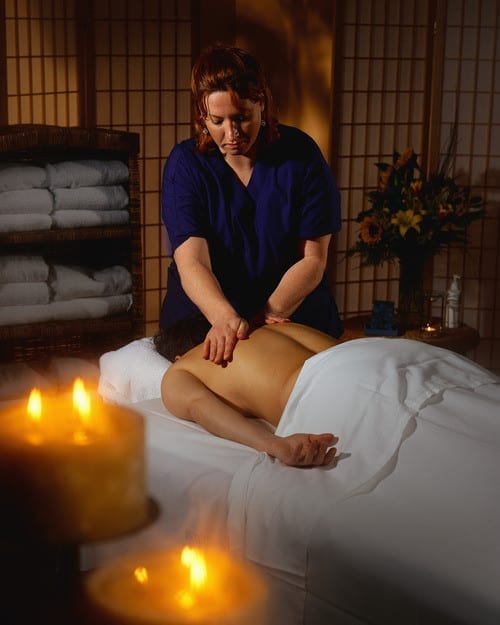Massage therapists are naturally nurturing, intuitive individuals. They dedicate their careers to helping others release pain and get their bodies back into balance. However, if a massage therapist doesn’t take great care to avoid it, they may be on a path toward the opposite effect on their own health.
Remember, you best serve your clients by putting yourself first. It’s hard to give a great treatment if you feel run down or have aches of your own. Hours of performing massage therapy can take a toll on the body.
Adopting Healthy Work Habits to Avoid Injury
Prevent injury or weariness by following these simple steps:
(It’s a great idea to practice these tips with a fellow practitioner before using with patients.)
- It’s common to work with a client lying prone (lying face down) or supine (lying face up) on the table. However, these positions mean that the therapist must bend over the client (the angle can vary further depending on the height of the table). If sustained for long periods of time, this bent position can lead to back problems. Don’t be afraid to switch it up. Change your patient’s position so you’re not in one position for the duration of each massage. For example, you can try positioning the patient in the side-line position, which will allow you to remain upright. Depending on what technique you use, you can also have the client sit in a chair in front of you for a tui na Asian bodywork treatment.
- Also, feel free to alter your position in relation to your client’s (even if their position remains the same). It’s common to place yourself at the client’s head so that you’re able to provide long strokes down the back. However, the longer your reach the more you are bending at a ninety degree angle. Try a variation on your own position so that sometimes you are at the patient’s side.
- An electric massage table can work wonders. It will allow you to easily adjust table height per client (and prevent you from bending over lower than necessary).
- Remember to keep your wrists straight as you massage. This will prevent carpal tunnel and loss of sensation in the hands as you apply pressure (which can lead to nerve damage).
- While working, avoid lifting your shoulders up to your ears as this might cause pain in your neck and upper shoulders after a long day.
- Stretching is your friend! Stretch your hands, wrists, neck and shoulders before and after each treatment.
- Listen to your own advice to patients: drink plenty of water.
- Pay attention to where your pressure comes from. Don’t apply the majority of your pressure from your hands alone, the more of your shoulder and back that you can put into your applied pressure, the better.
- Brace your patient. When you apply pressure, it can relieve the amount of force you need to put into a point or stroke if your client is braced against yourself or the table.
- Your legs should tire first. If you feel more strain in your upper body before your legs, something is not right in your body mechanics. Be conscious of how you stand and that you are supporting yourself properly with your lower body.
- Using hand tools is a fabulous way to prevent hand strain and thumb injury. A hand tool requires much less applied pressure than using your hands alone.
Are you interested in becoming a certified massage therapist?
Visit the links below to explore our massage therapy programs at a campus near you:
Balancing Professional Care with Personal Well-Being
We know it’s your first instinct to put others first. You are a caretaker daily. Keep your batteries charged by keeping your personal time your time. Remember, as Deb Reuss, Dean of Asian Holistic Health and Massage at Pacific College of Oriental Medicine, San Diego, suggests, “Breathing is your best friend. Return to it in all your troubles and you will find comfort and guidance.” It can also help to be part of a solid group within your industry. Connect with other practitioners and swap success stories and tips.
Pacific College offers networking groups and an alumni community. Massage therapy is a rewarding career, but don’t forget to take great care of what you bring to the table—you!
Featured Posts:

